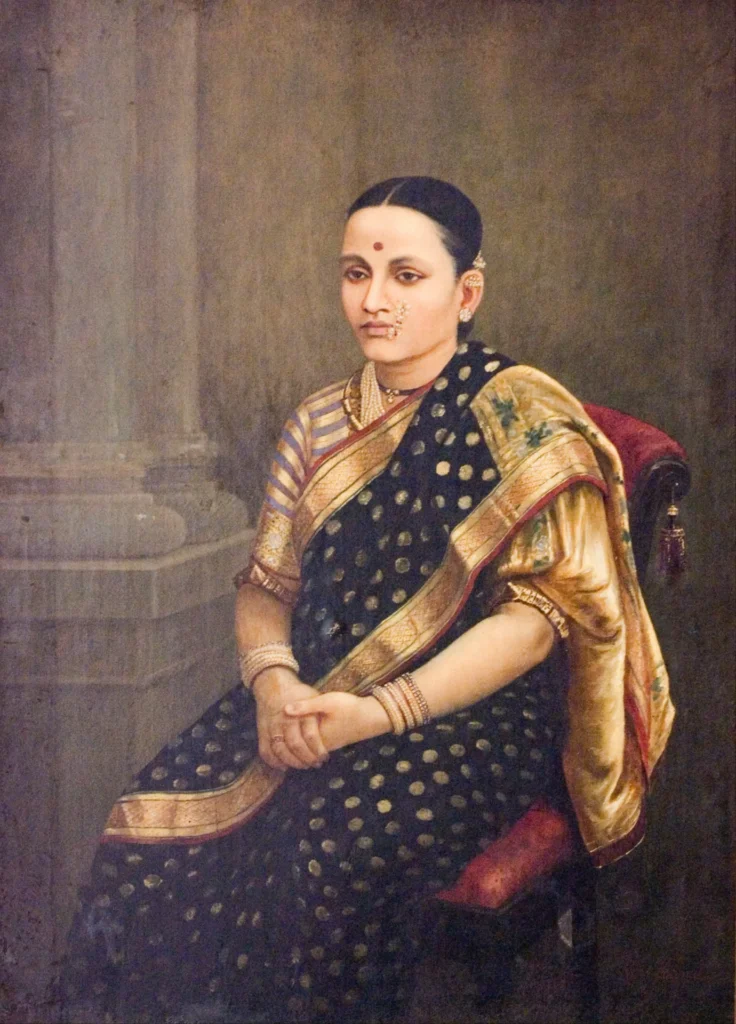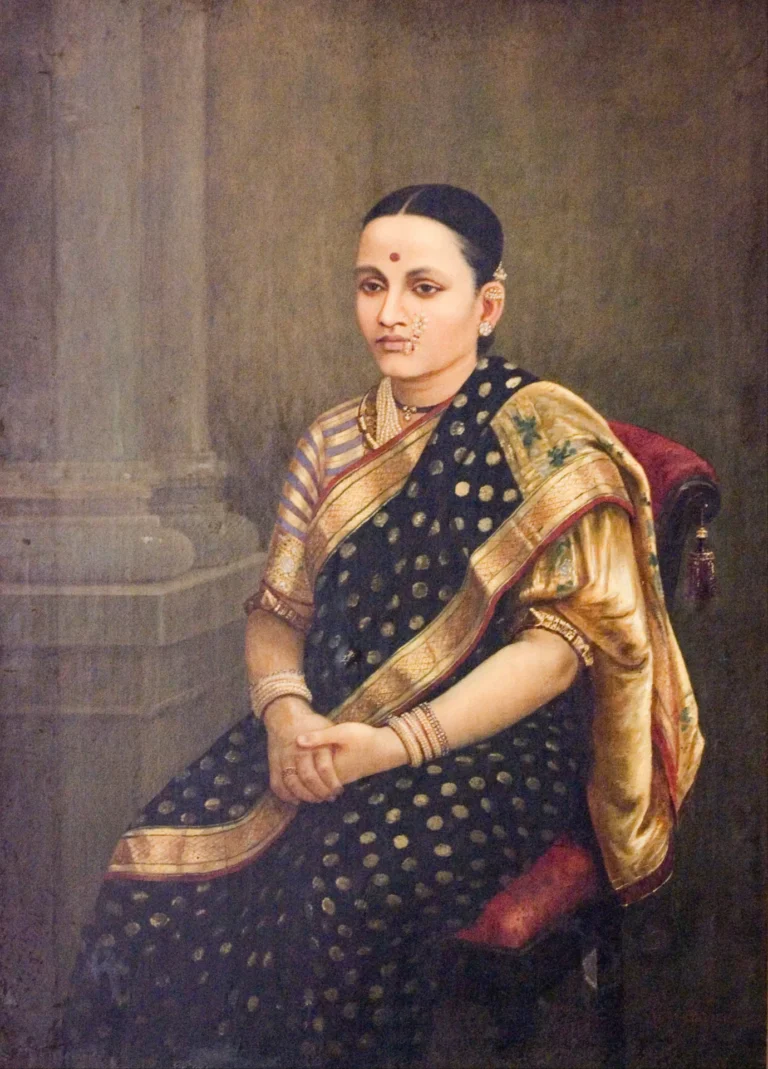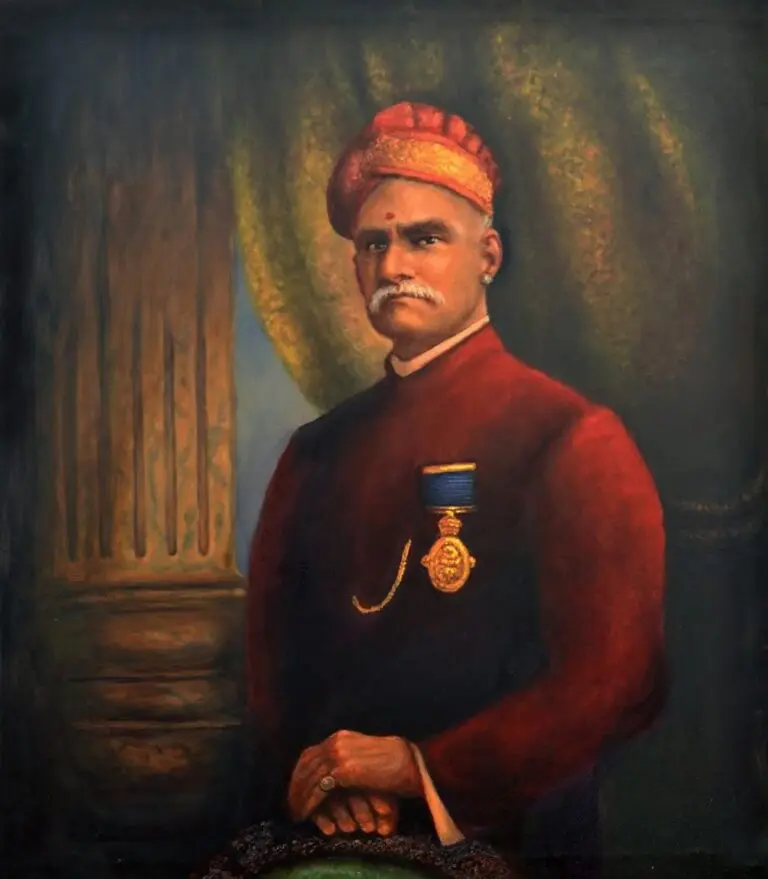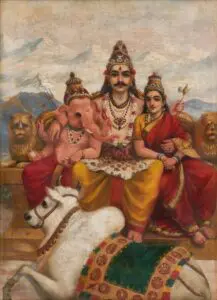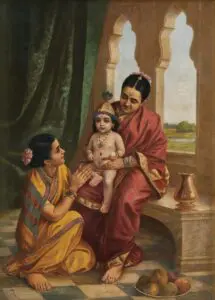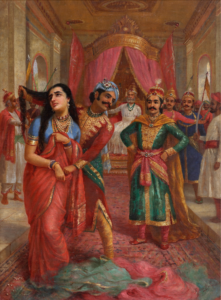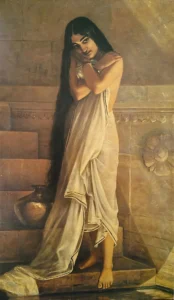Portrait of a Lady
Portrait of a Lady by Raja Ravi Varma is a captivating and graceful depiction of an Indian woman, blending poise with depth. This portrait showcases Varma’s keen attention to detail, his use of light, and his ability to capture both elegance and quiet strength. Dressed in traditional attire, the lady’s expression reflects a blend of inner calm and mystery, inviting viewers to ponder her story. The realism of this piece exemplifies Varma’s success in blending European techniques with Indian themes, making his subjects relatable and mesmerizing.
Late 19th Century
About the Artwork
Created during the late 19th century, Portrait of a Lady reflects Varma’s pioneering approach to Indian portraiture. While portraits were common, Varma’s focus on subtle emotions and lifelike details brought a fresh perspective. This piece demonstrates Varma’s dedication to representing Indian beauty, dignity, and personality. It allowed viewers to see the everyday Indian woman not just as an idealized figure but as an individual with emotions and depth.
What makes this painting remarkable is how Varma blends Western artistic techniques with Indian sensibilities. While the subject matter and details are rooted in Indian tradition, the technique of portraying light, texture, and the realism of the face reflects the influence of European art that Varma admired. His ability to combine these two worlds gave his work an international appeal while staying deeply connected to his cultural heritage. The Portrait of a Lady stands as a fine example of Varma’s innovative approach to portraiture, establishing him as a master of both traditional Indian and Western art techniques.




